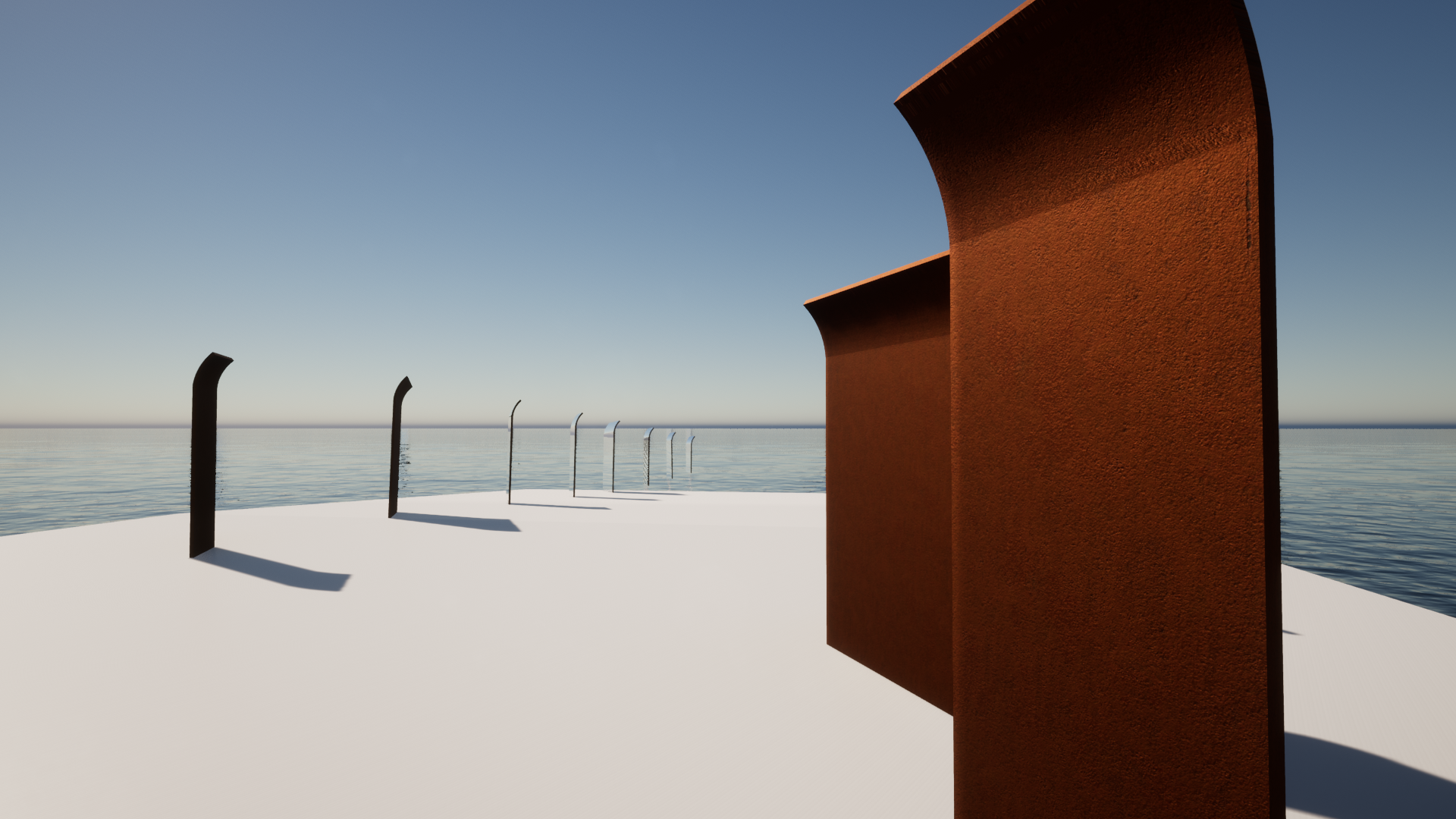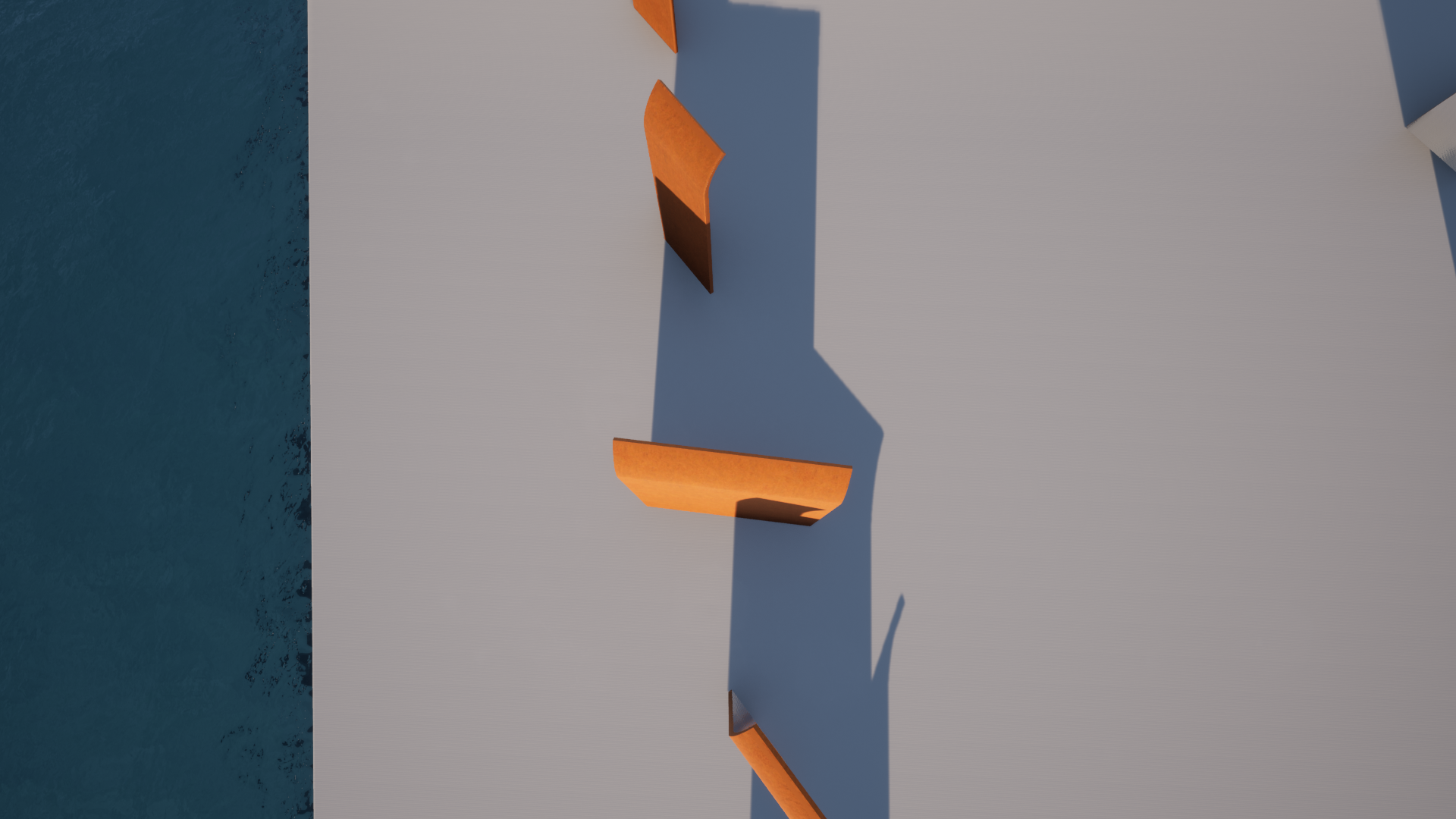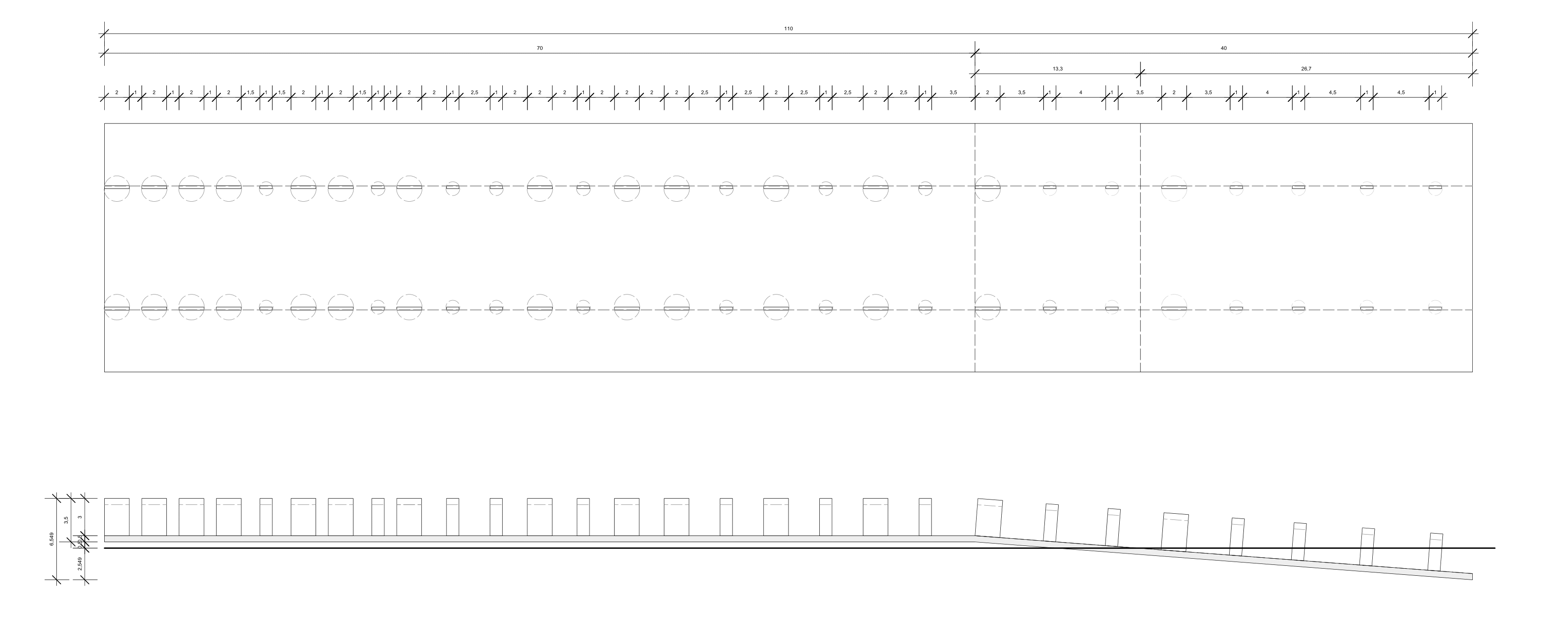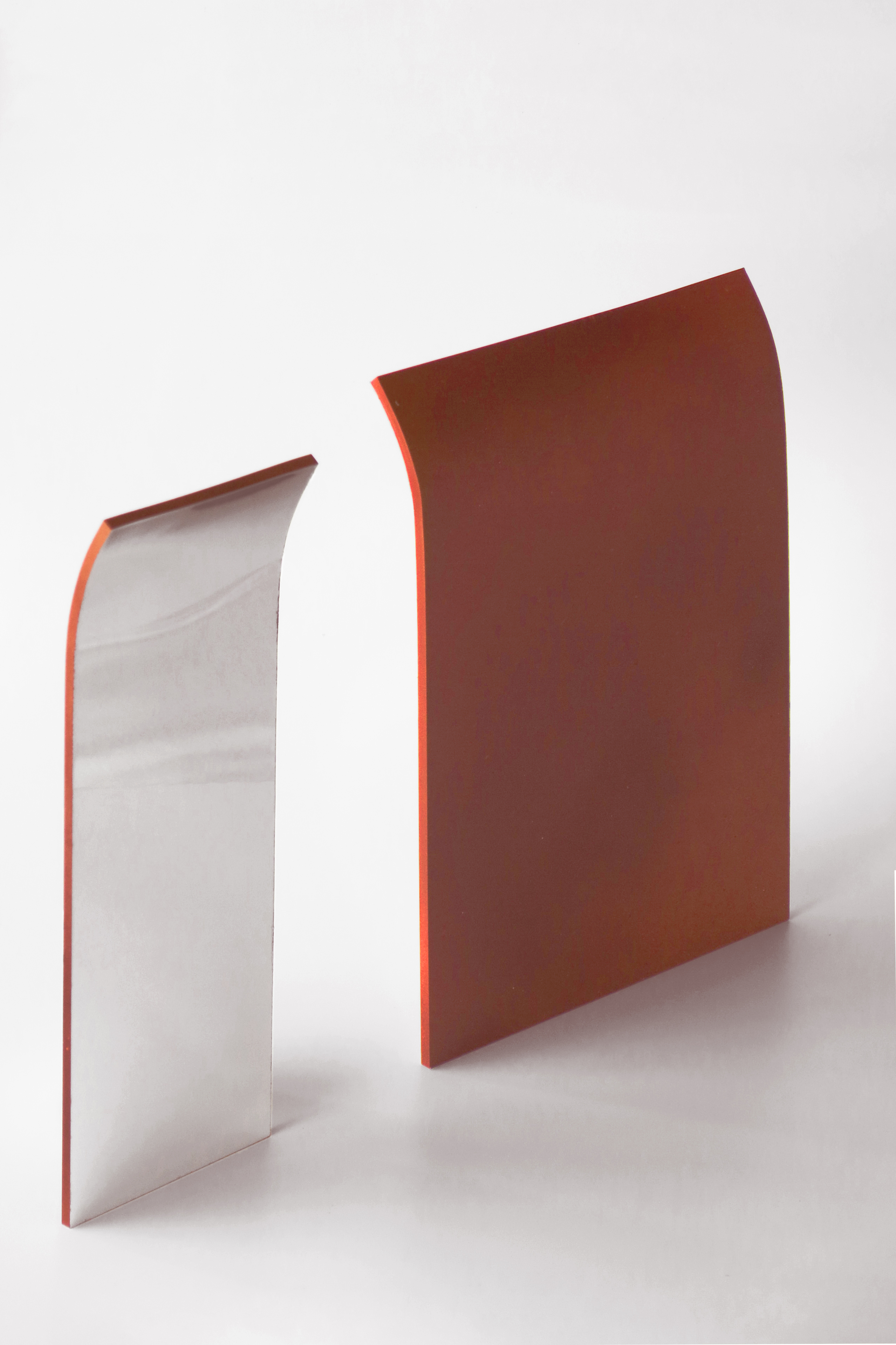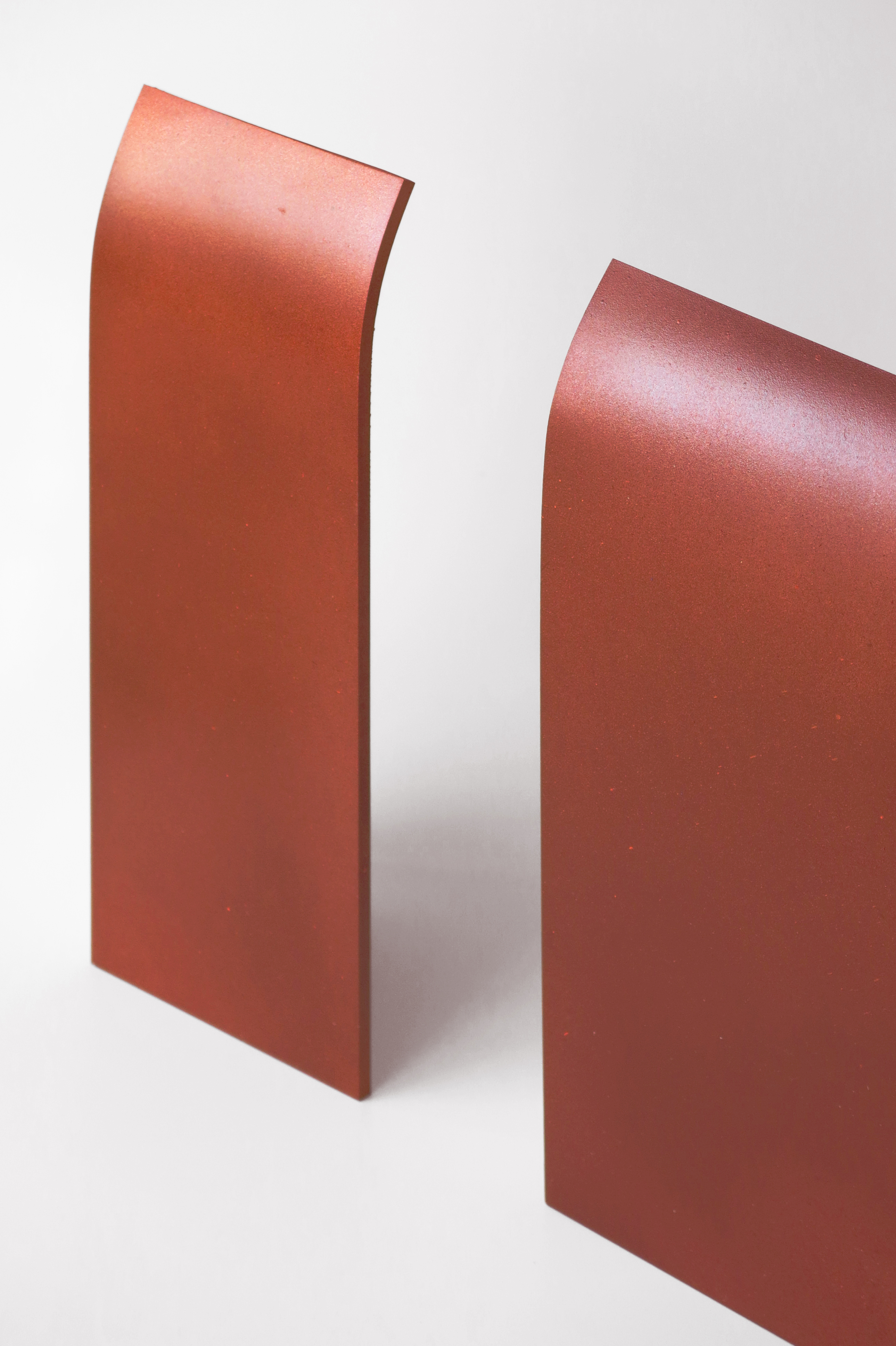
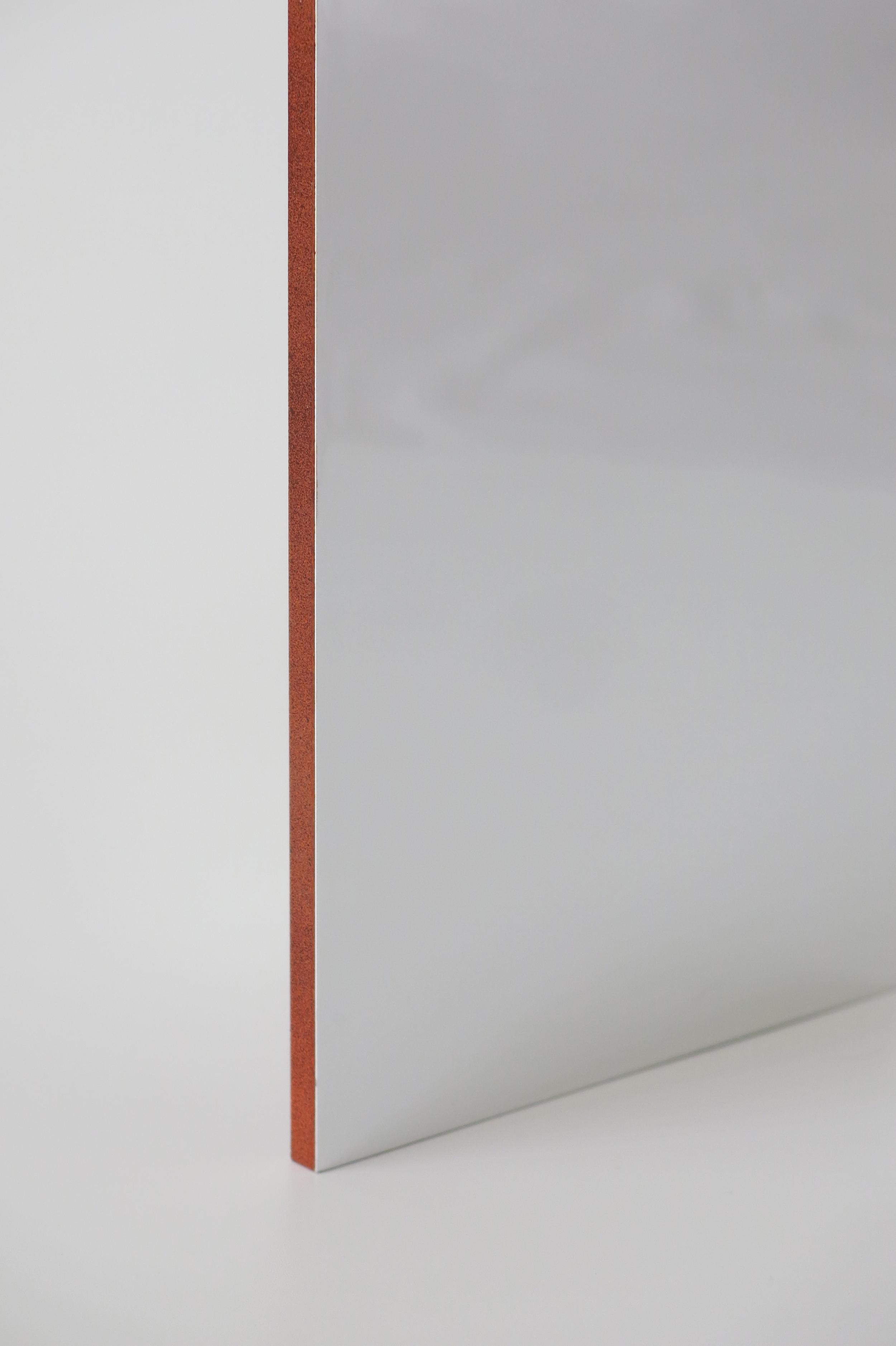
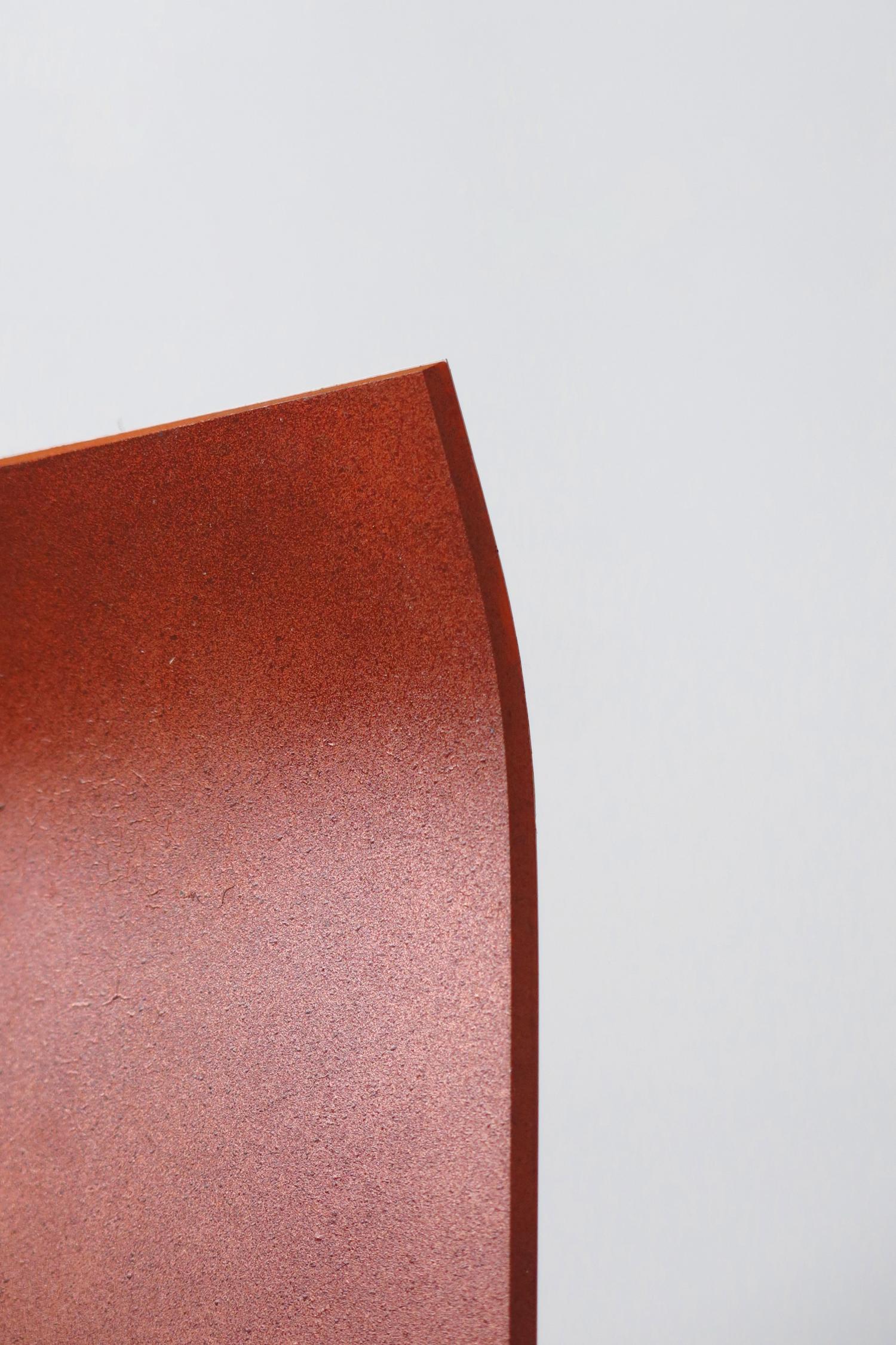
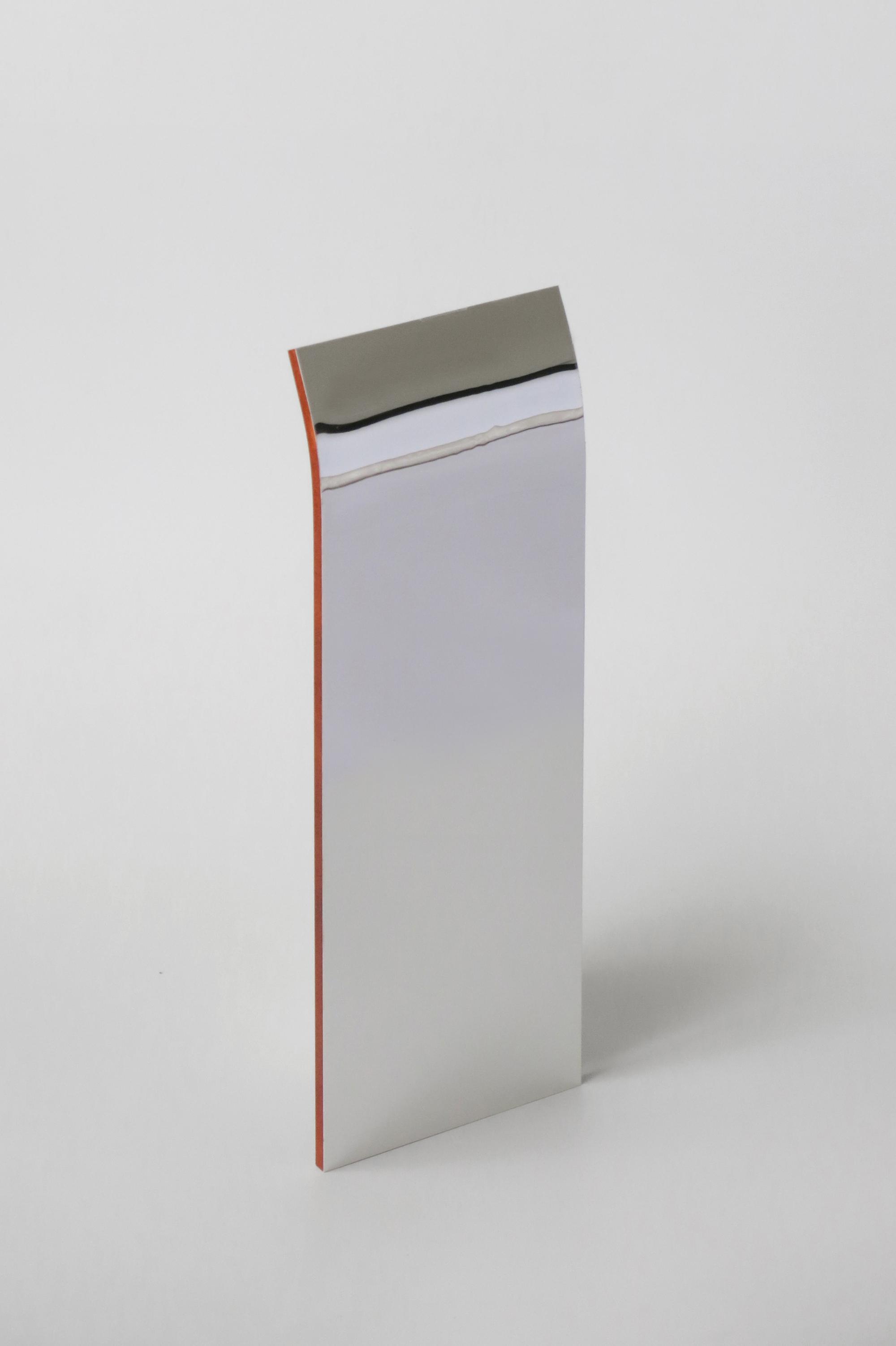
When we think of nature, we inevitably think of movement, life. The sea and the river. The moon and the sun. The wind and the trees. They all follow a synergic movement that sustains life as we know it. This movement is ever present, and so it seems that nature only works in terms of the now. But nature has memory. Nature is a marker of itself - all these rivers, rain and wind are representing their ever-changing essence - but it is also a marker of the passing of time. MNEME aims to honor this dual nature, by showing the fast change of the direction of the wind, the sunrise, the sunset, the movement of the water - but also the slow corrosion of the metal and the gradual rise of the sea. The instant, ephemeral memory of the now and the lasting memory of the before.
Cities are not an exception to the historic power of nature: even in a big metropolis like Barcelona, the sea has proven to be a limit to the overreaching ambitions of the spreading of the buildings. The mediterranean sea has determined, together with the hills of Collserola, the shaping and building of the city through the centuries. And yet, most of us don’t really think about it. The ephemeral part of the sea - the movement of the surface, the crashing of the waves - goes as unnoticed as the long term effects. As much as we live closer than most people to an immense body of salty water, we barely ever get to notice it in our daily lives.
Even if we have it right there, we are too focused on where to go next and not on where we are now. The mere presence of nature around us is not enough: in order to feel rooted and connected, one must notice it, observe it and feel it. Mneme works as a very subtle yet effective amplifier to the natural elements of the Barcelona seaside. In a very sneaky way, it feeds our innate curiosity - how does this work? I wonder where the wind is coming from? - which in turns roots us in the present. It’s only being in the now that one can actually connect with our deep desire for connection with nature. It’s only becoming present that one can find stillness and peace.

MNEME aims to transform a breakwater into a pier where people can feel a deeper sense of connection to the city’s natural surroundings, specially the Mediterranean Sea. Throughout the pier there are two lines of modules which serve as a way to visualize data about the natural elements. The modules are made of iron and rotate on themselves.
One data that is analogically represented through the pier is humidity levels. The iron on one side of the modules is polished, turning it into a mirror in the side where the top curve goes in, but the other side will be untreated against corrosion. That way eventually the user will be able to see how, in comparison to the polished mirror side of the module, the unpolished and untreated side of the module will corrode because of the humidity.
The modules also serve as makeshift large
scale vanes that rotate by themselves with
the wind, stopping only when they are parallel
to the wind direction. This allows visitors to see where
the wind comes from.
